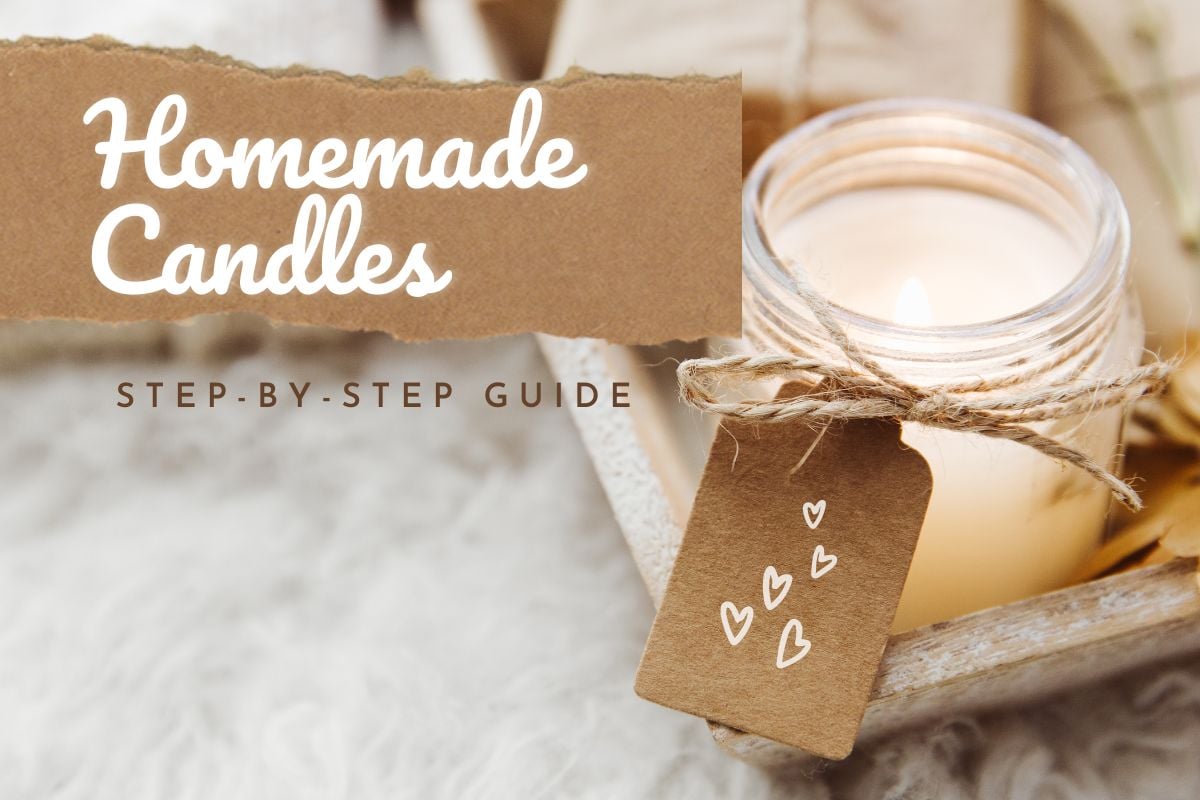If you’re considering getting a lip piercing, it’s essential to be aware of the potential pain levels associated with different lip piercing types. To help you make an informed decision, we’ve created the “Pain Intensity Lip Piercing Pain Chart.” We’ll rank various lip piercings from least to most painful, providing a pain level rating out of 10 for each. Additionally, we’ll offer essential aftercare tips and approximate healing times for each lip piercing.
Table of Contents
Does a Lip Piercing Hurt?
The pain experienced during a lip piercing can vary from person to person. While pain tolerance is subjective, many individuals report feeling moderate discomfort during the procedure. It’s essential to choose a professional piercer who can minimize pain and ensure your safety during the process.
Pain Intensity Chart For Different Lip Piercing Types

Labret Piercing

The labret piercing, located just below the center of the lower lip, is generally considered one of the least painful lip piercings. Discomfort during the process is usually moderate.
- Pain level: 3/10
- Healing time: 6-8 weeks
Monroe Piercing

Positioned on the upper lip, to the side of the philtrum, the Monroe piercing is moderately painful.
- Pain level: 4/10
- Healing time: 6-10 weeks
Medusa Piercing

Situated in the middle of the upper lip, the Medusa/Philtrum piercing can be more uncomfortable than the previous two.
- Pain level: 5/10
- Healing time: 8-12 weeks
Vertical Labret Piercing

A vertical labret piercing is a type of lip piercing that involves a single puncture vertically through the center of the lower lip. The jewelry typically exits through the top of the lower lip, creating a vertical look.
- Pain level: 6/10
- Healing time: 6-8 weeks
Jestrum Piercing
Jestrum piercing is a vertical lip piercing that starts on the inside of the upper lip and exits through the center of the upper lip.
- Pain level: 6/10
- Healing time: 6-8 weeks
Dehlia Piercing

Dehlia piercing, also referred to as Joker piercing, consists of two jewels placed at both corners of the mouth, rather than through the actual lip corners .
- Pain level: 6/10
- Healing time: 8-12 weeks
Cyber Bites Piercing

Cyber bites piercing is a type of lip piercing that involves symmetrical placements of two piercings—one on the upper lip (usually a labret piercing) and one on the lower lip (also a labret piercing). The placement is typically centered and balanced, creating a visually striking and symmetrical look.
- Pain level: 7/10
- Healing time: 8-12 weeks
Angel Bites Piercing
Angel Bites piercings consist of two piercings on the upper lip, one on each side of the philtrum. This piercing tends to be more painful due to the sensitive area.
- Pain level: 7/10
- Healing time: 8-12 weeks
Dolphin Bites Piercing

Dolphin bites piercing is a combination of two lip piercings. It involves a pair of symmetrical piercings placed on the lower lip. Typically, one piercing is located on the left side of the lower lip, while the other is placed on the right side. The placement is similar to snake bites piercing but closer together, resembling the appearance of dolphin bites.
- Pain level: 7/10
- Healing time: 8-12 weeks
Spider Bites Piercing

Spider Bites piercing involves two piercings close together on one side of the lower lip. This piercing can be quite painful due to the dense tissue.
- Pain level: 8/10
- Healing time: 8-12 weeks
Snake Bites Piercing
Comprising two symmetrical piercings on either side of the lower lip, Snake Bites piercings can cause moderate to high pain during the process.
- Pain level: 8/10
- Healing time: 8-12 weeks
Shark Bites Piercing

Shark bites piercing is a type of lip piercing that involves four individual piercings on the lower lip. It consists of two symmetrical piercings on each side of the lower lip, typically placed closer to the corners of the mouth. The placement and appearance of shark bites piercing are inspired by the teeth of a shark, hence the name.
- Pain level: 8/10
- Healing time: 8-12 weeks
Lip Piercing Aftercare
Proper aftercare is essential for the healing and well-being of lip piercings. Here we have some general aftercare tips for lip piercings:
- Keep it clean: Clean the piercing twice a day using a saline solution or a mild, alcohol-free antimicrobial mouthwash. Gently rinse your mouth with the solution and then rinse the outside of the piercing as well.
- Avoid touching: Refrain from touching the piercing with unwashed hands to prevent introducing bacteria. If you need to clean or adjust the jewelry, make sure to wash your hands thoroughly beforehand.
- Practice good oral hygiene: Brush your teeth gently twice a day using a soft-bristled toothbrush and a mild, alcohol-free toothpaste. Take care when brushing around the piercing to avoid irritation.
- Be cautious with oral activities: Avoid playing with the jewelry or engaging in activities that may cause trauma to the piercing, such as biting on hard objects or excessively moving the jewelry in your mouth.
- Watch what you eat and drink: Be mindful of your diet and avoid consuming overly spicy, acidic, or hot foods and beverages during the initial healing period. These may irritate the piercing.
- Avoid oral contact: During the healing process, it’s advisable to avoid oral contact, including kissing or engaging in oral sexual activities. This reduces the risk of introducing bacteria and prolonging the healing time.
- Manage swelling: Some swelling is normal after getting a lip piercing. Applying a cold compress or sucking on ice cubes can help reduce swelling and discomfort.
- Follow professional advice: Consult with a professional piercer for specific aftercare instructions tailored to your individual needs. They may recommend additional measures or products to promote healing.
Before getting a lip piercing, it’s important to consider the pain level associated with different lip piercing types. Our Pain Intensity Lip Piercing Pain Chart provides a helpful ranking, allowing you to make an informed decision. Remember to consult with a professional piercer for personalized advice and follow proper aftercare instructions to ensure a successful healing process.
Read more:
How to Treat an Infected Lip Piercing at Home?
Pros and Cons: Which Style of Oral/ Lip Piercing Should You Go For?






